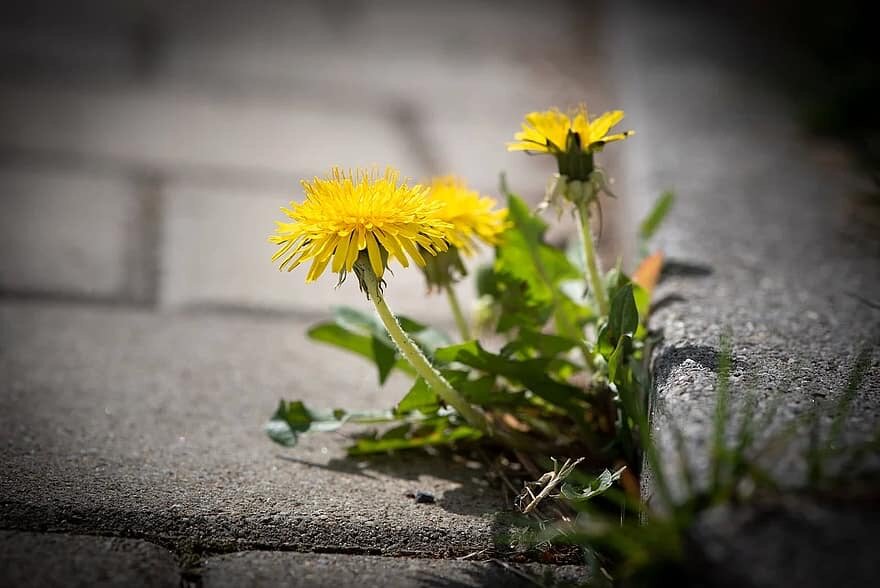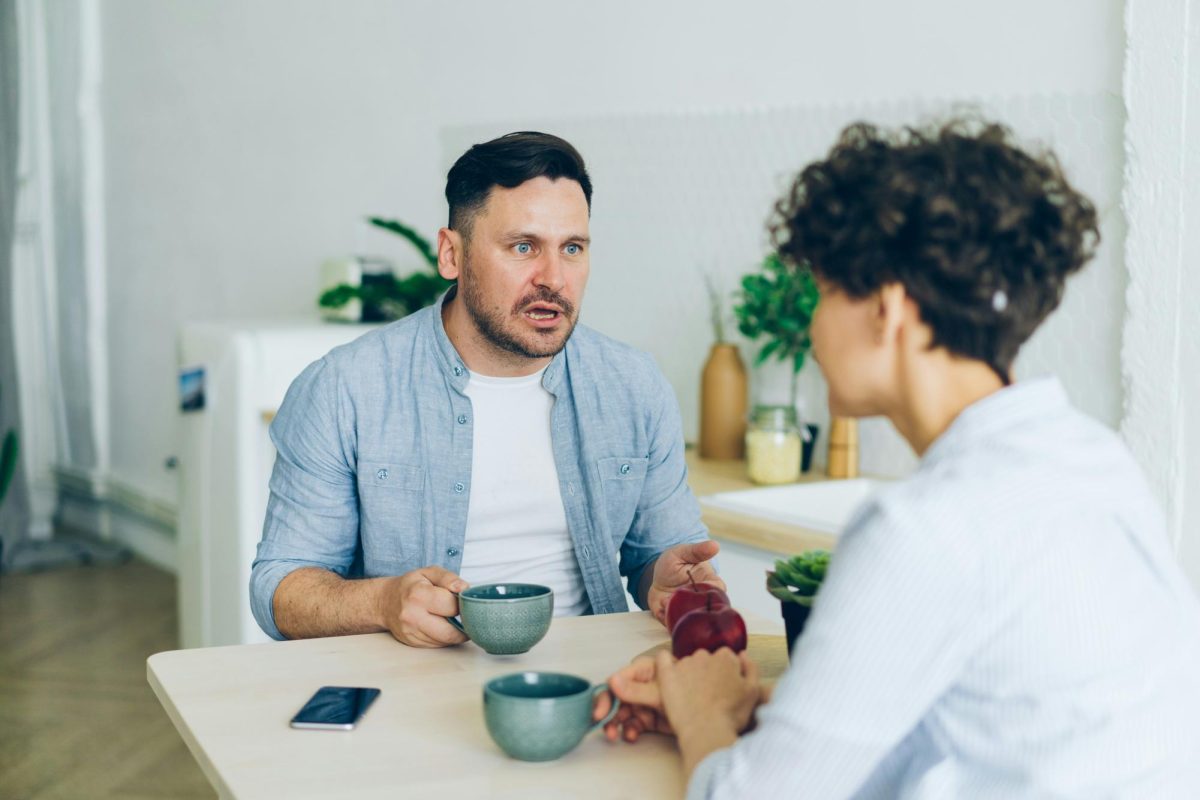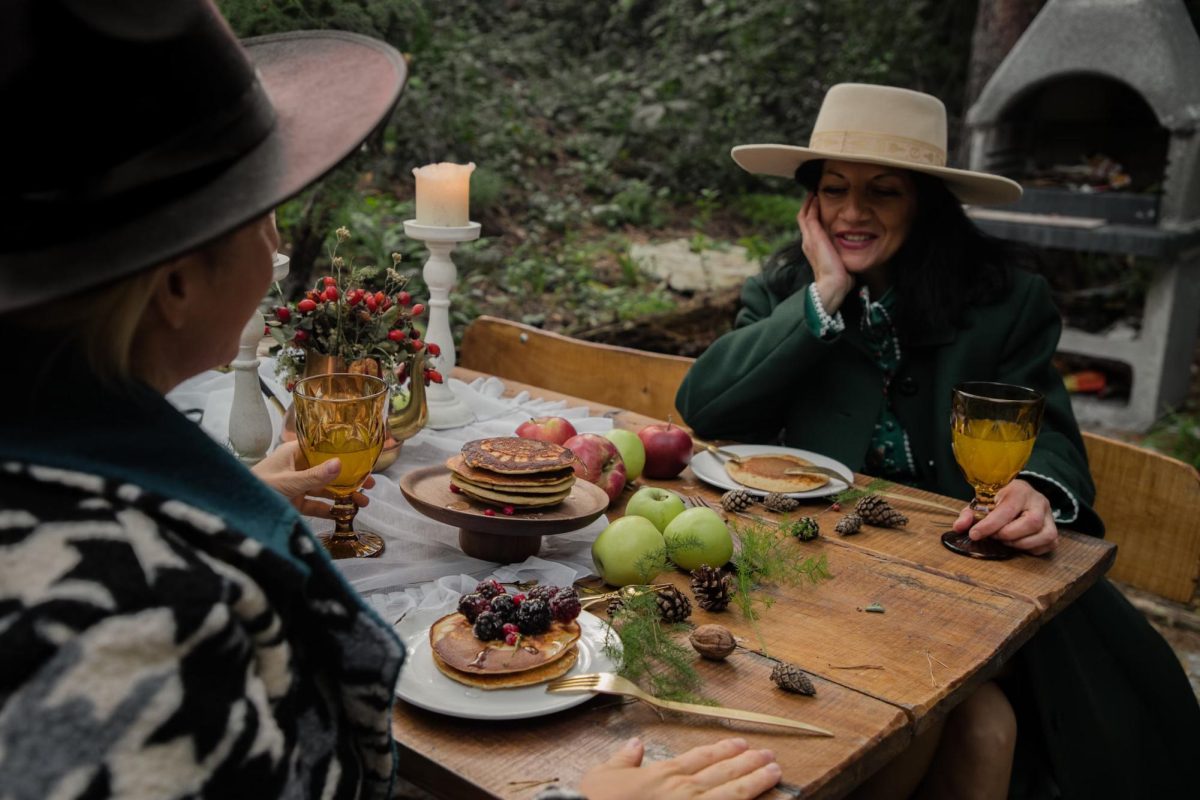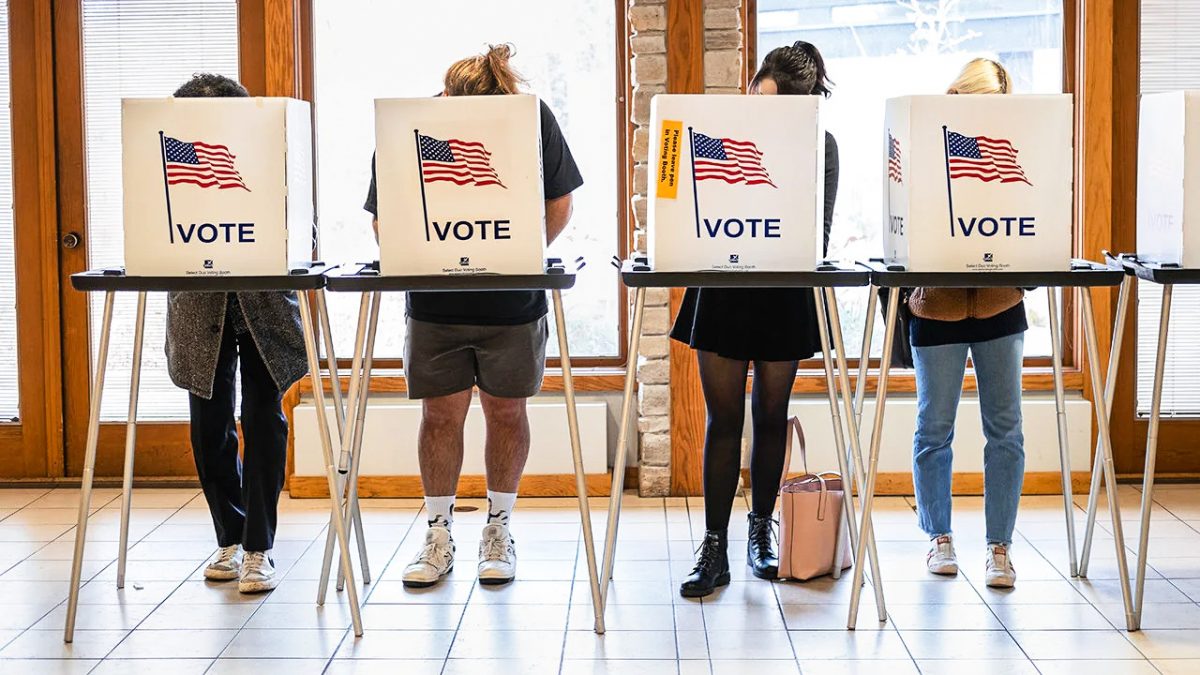CW: suicide, suicidal ideation
“I wish there was a nicer way to say this, but I don’t always want to be alive,” writes Anna Borges in a 2019 personal essay for The Outline.
The essay, called “I am not always very attached to being alive,” details Borges’ experiences with suicidal ideation, a more passive form of suicidality. “What makes it harder is being unable to talk about it freely: the weightiness of the confession, the impossibility of explaining that it both is and isn’t as serious as it sounds. I don’t always want to be alive. Yes, I mean it. No, you shouldn’t be afraid of me. No, I’m not in danger of killing myself right now. Yes, I really mean it,” she continues.
I came across Borges’ essay at some point last year before the pandemic, before all of this. The writing immediately resonated with me – I’ve witnessed firsthand the aftermath of suicide in my personal life, and I’ve turned over thoughts like Borges’ in my own head. Suicidality is still highly stigmatized, and the way we talk about it often makes things difficult for people who share the experience that Borges describes. Our societal understanding of suicidality implies that you’re either doing great, or on the precipice of death. There is no spectrum, no room for the in-between.
In our pandemic reality and in the year 2020, however, more and more people are finding themselves residing in that in-between.
According to a recent survey by the CDC, Black people, Latinx people, essential workers, unpaid caregivers for adults and people ages 18 to 24 were among the groups that had considered suicide the most in July and August. And if we think about things intersectionally, the numbers are compounded for people who fall into several of those categories at once.
Sadly, the numbers aren’t all that surprising: We’re in a pandemic with no real end in sight. As the movement for Black lives finally begins getting the respect and attention it deserves, an emboldened white supremacist movement grows alongside it. Transgender lives are under attack, and so are those of nearly all marginalized groups and identities. Capitalism is working middle- and low-income people to the bone. Climate change is altering the life plans of young people, forcing us to wonder whether the cities we’d like to one day call home will even be habitable by the time we pay off our student loan debt and make enough money to maybe own a house.
How do we continue to exist in this? How do we find joy in this?
A lot of the strategies for coping with the current state of the world – as well as coping with thoughts of suicide – are future-oriented: We’re told to hold out hope for a better future, to hold onto dreams of a friendlier, more sympathetic reality. We motivate ourselves with the prospect of change, because there’s no way this is as good as it gets. We work toward something better, finding pockets of joy along the way or inventing them if we have to. It’s all we can do at this point.
The situation feels pretty grim a lot of the time. And so when all the cutesy “check on your friends” graphics started to roll in on social media at the start of September for suicide awareness and prevention month, it felt like an awfully simple, tone-deaf solution to such a deep-rooted problem.
Speaking openly about mental health and checking in on your friends can and does save lives, but at the same time, we’ve got to resist the idea that suicide prevention rests solely on our shoulders as individuals. Suicide prevention is kindness and conversation, but it is also improving mental health services in schools, implementing universal healthcare and redistributing money from sectors that enjoy ridiculous amounts of funding, like law enforcement and defense. As we continue pouring exorbitant amounts of money into the police and the military, people are falling through the cracks.
Reducing the problem to the phrase “check on your friends” absolves politicians, government officials and the wealthy few of all accountability on the matter. Please don’t place the task of prevention on yourself alone. Continue to hold people in power accountable for the part that they play in upholding the oppressive systems that got us to this point.
That being said, absolutely continue reaching out to your friends. On its own, this can’t fix the system that has failed so many of us, but helping to normalize discussions about mental health and removing the taboo around suicidality are steps we can all take to make things better, especially now as more of us find ourselves existing somewhere in the in-between. There is no shame in being in the in-between, especially at a time when the world around us is simply not conducive to mental stability and health, even for those who haven’t struggled as much in the past. Check out Borges’ essay about ideation or maybe talk about it with a friend; it may bring some solace. It’s often far more costly and difficult to experience intrusive thoughts alone.
You and your fight and your hopes are valuable – so here’s to fighting and hoping that one day a better world might be ours.







